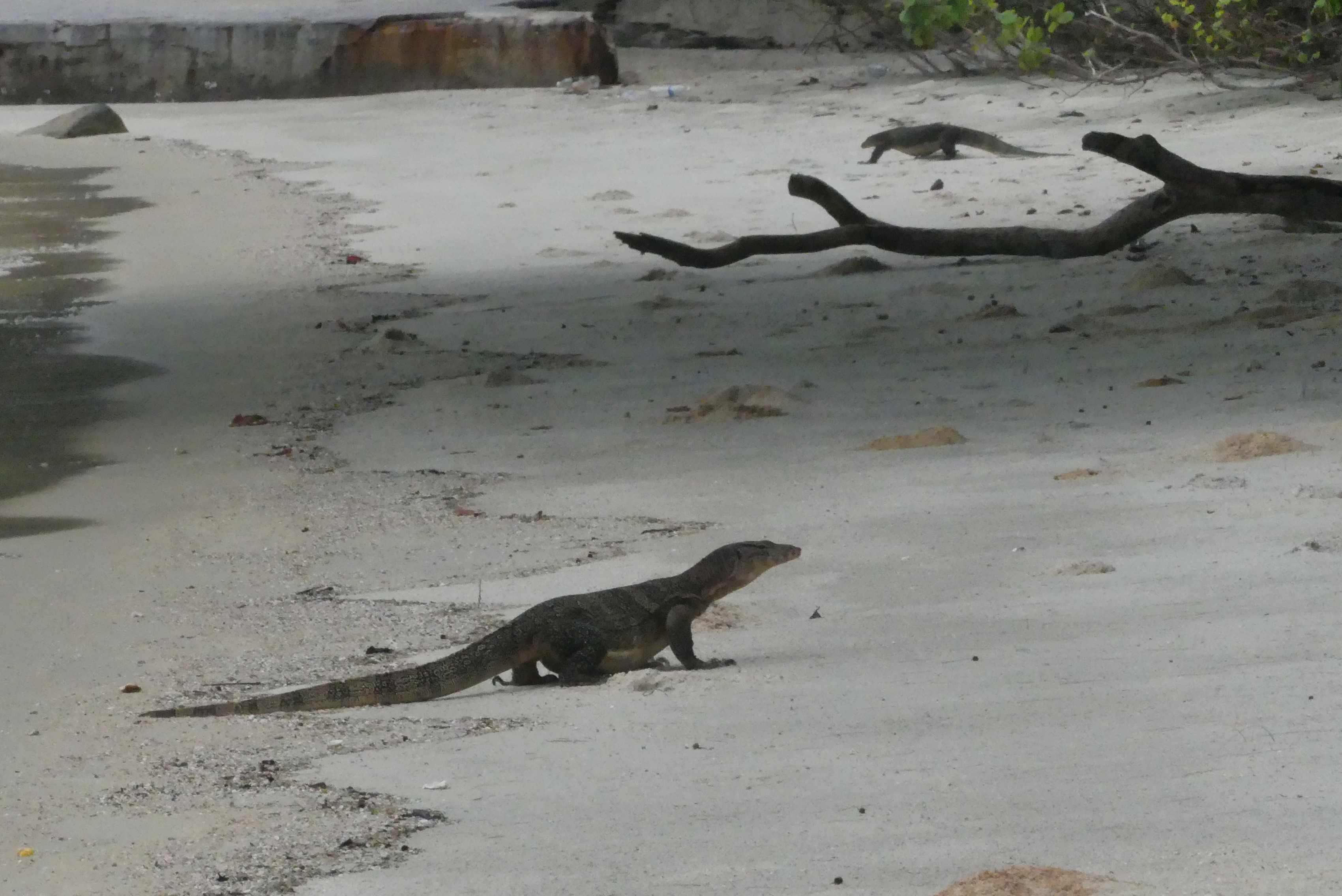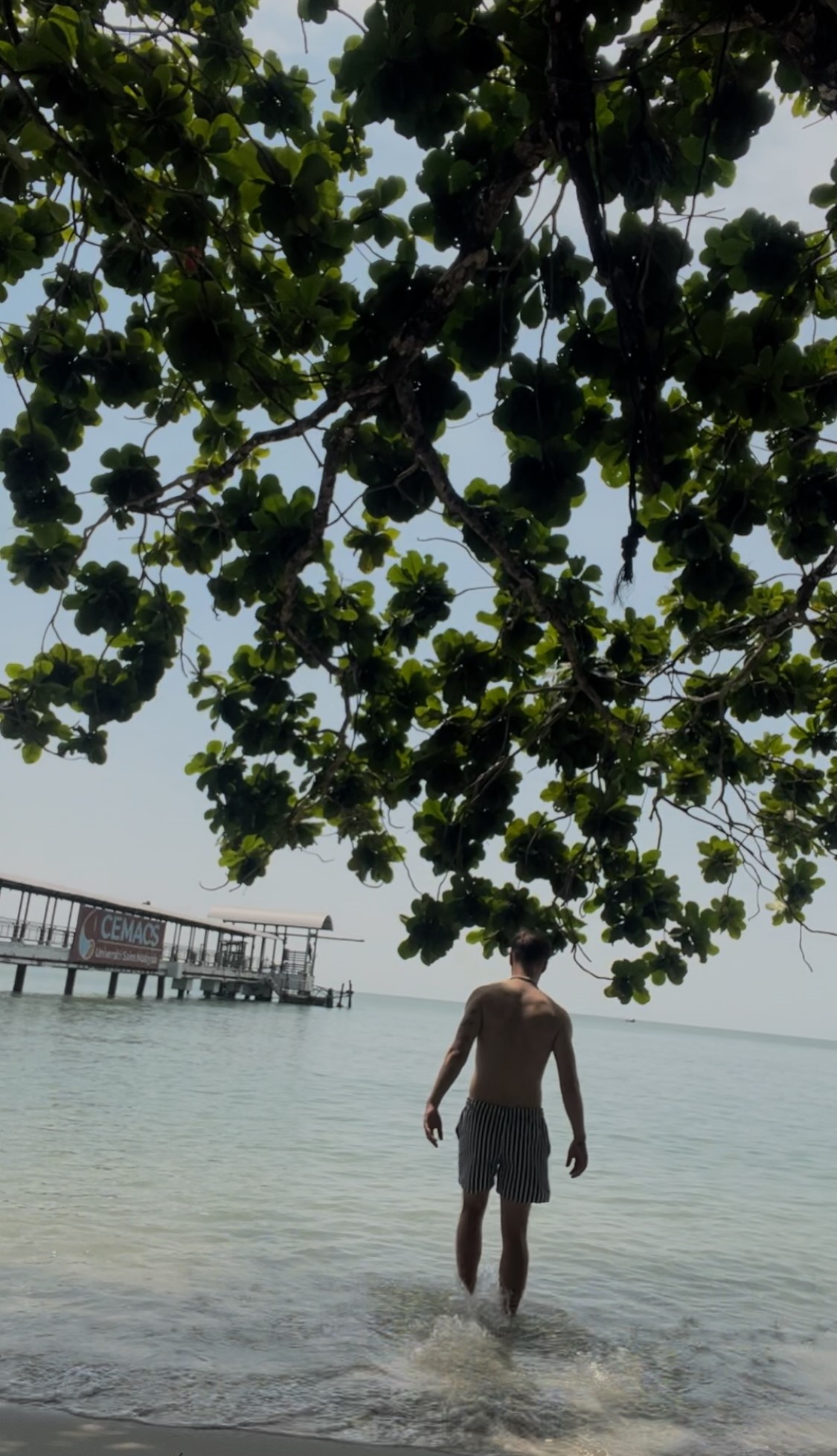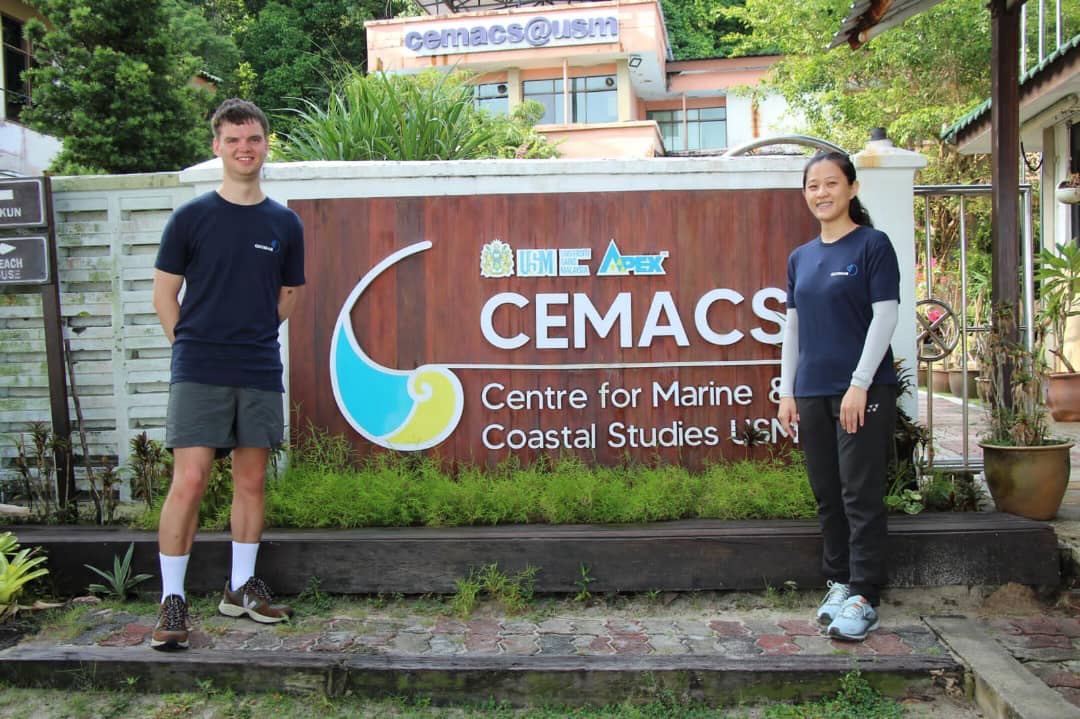Greetings from Malaysia—Cheow Mei and Max wanted to have a cool Malaysian greeting here, but people here just say “Hi.” Fortunately, English is the second official language in Malaysia, so Max’s Malaysian vocabulary is limited to “Thank you,” “How are you,” and “Hi.“
We, Cheow Mei and Max work together on the GAME project at the Centre for Marine and Coastal Studies (CEMACS). And that’s where some special things come together. CEMACS is part of Universiti Sains Malaysia (USM); the main campus is located in Gelugor, near the 1st Penang Bridge on Penang Island, whereas CEMACS is located in Penang National Park, which is the smallest national park in Malaysia! Travelling to CEMACS itself is a bit of an adventure. First, in whichever transportation we choose to take, we have to go through a long winding road to arrive at the Penang National Park. once we arrive at the national park, the journey continues with a 5-minute boat ride to CEMACS. Of course, we can also choose to hike to CEMACS as there is a hiking trail to CEMACS, which takes about 30 minutes. At more than 30 degrees and a humidity of 70%, this is a sweaty affair (believe us, we do this every weekend).
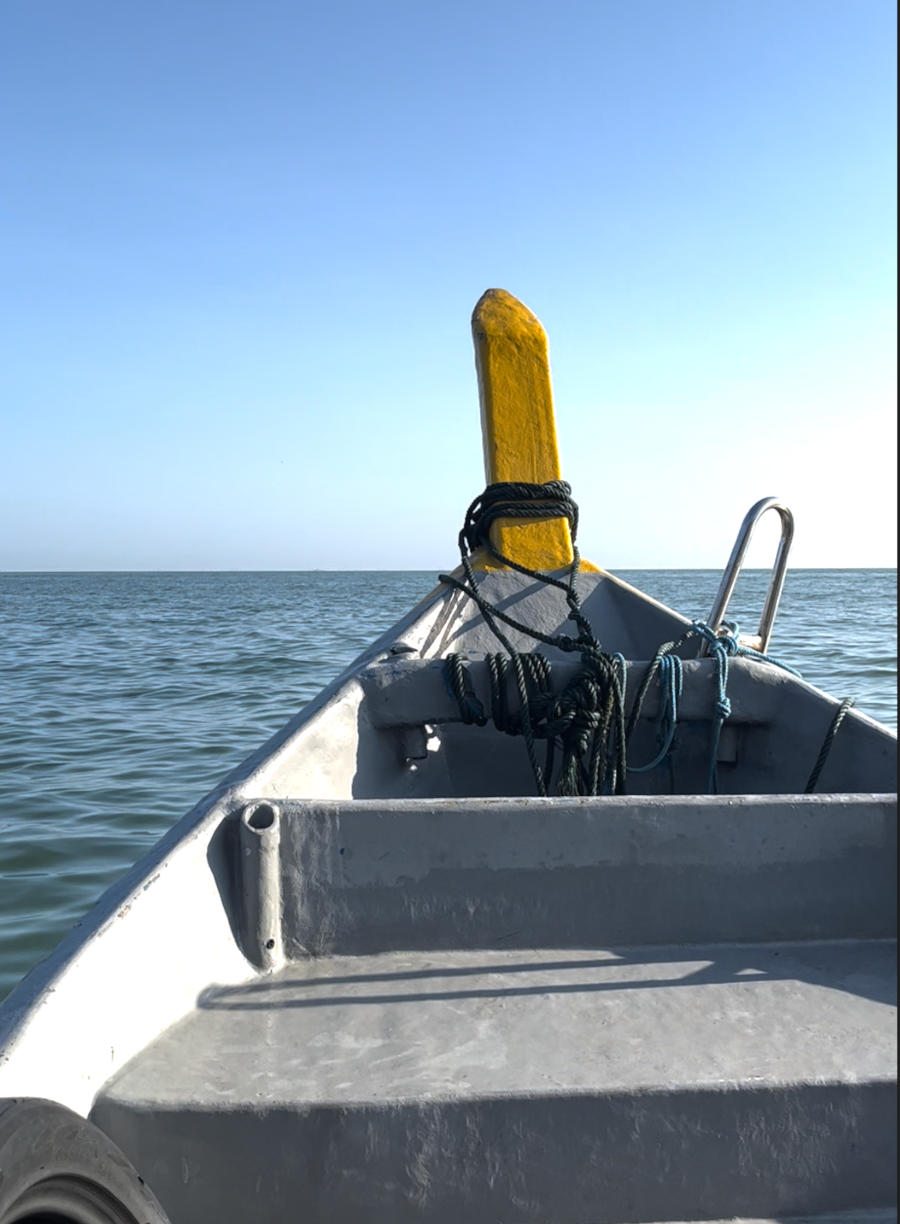
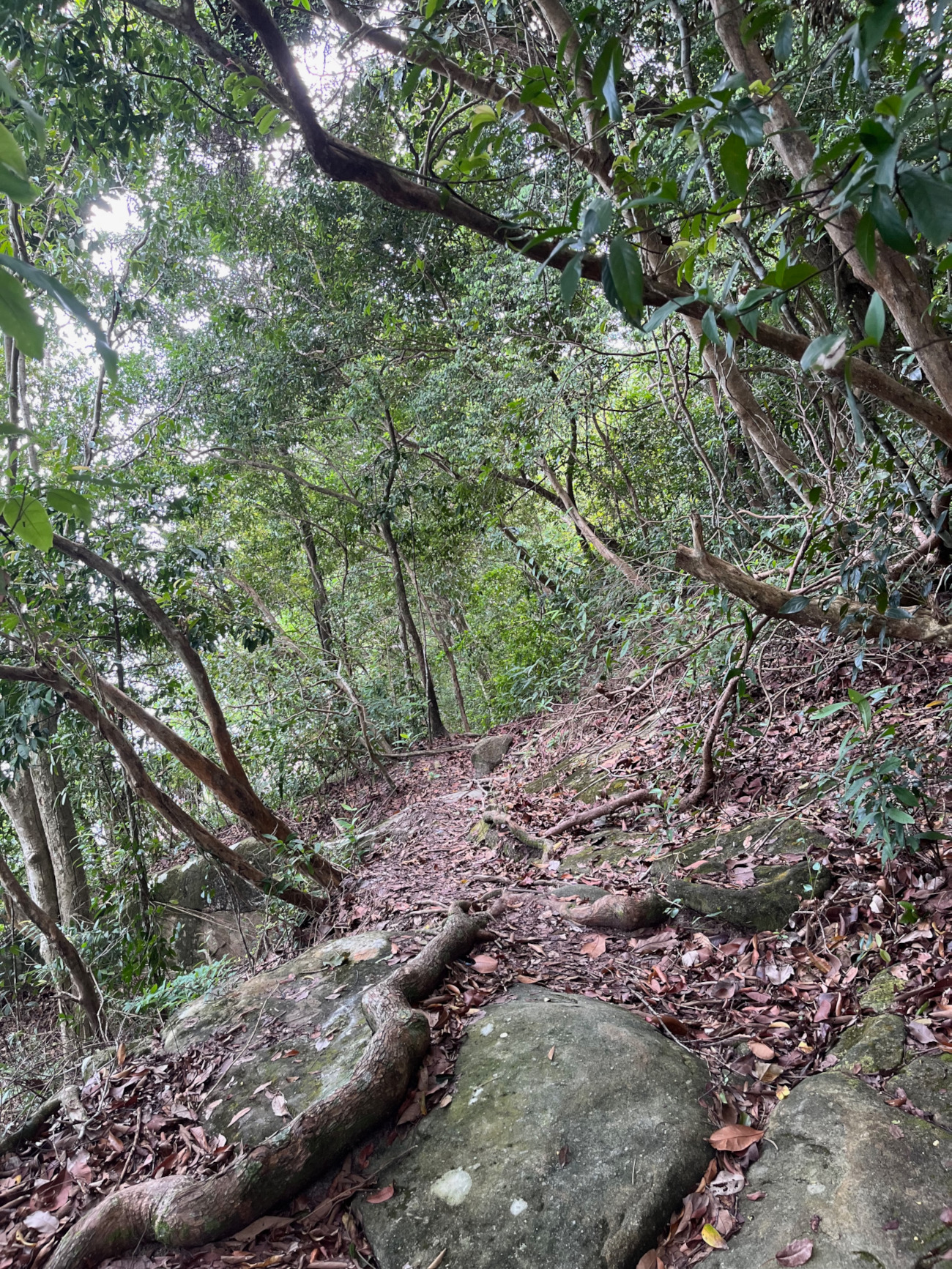
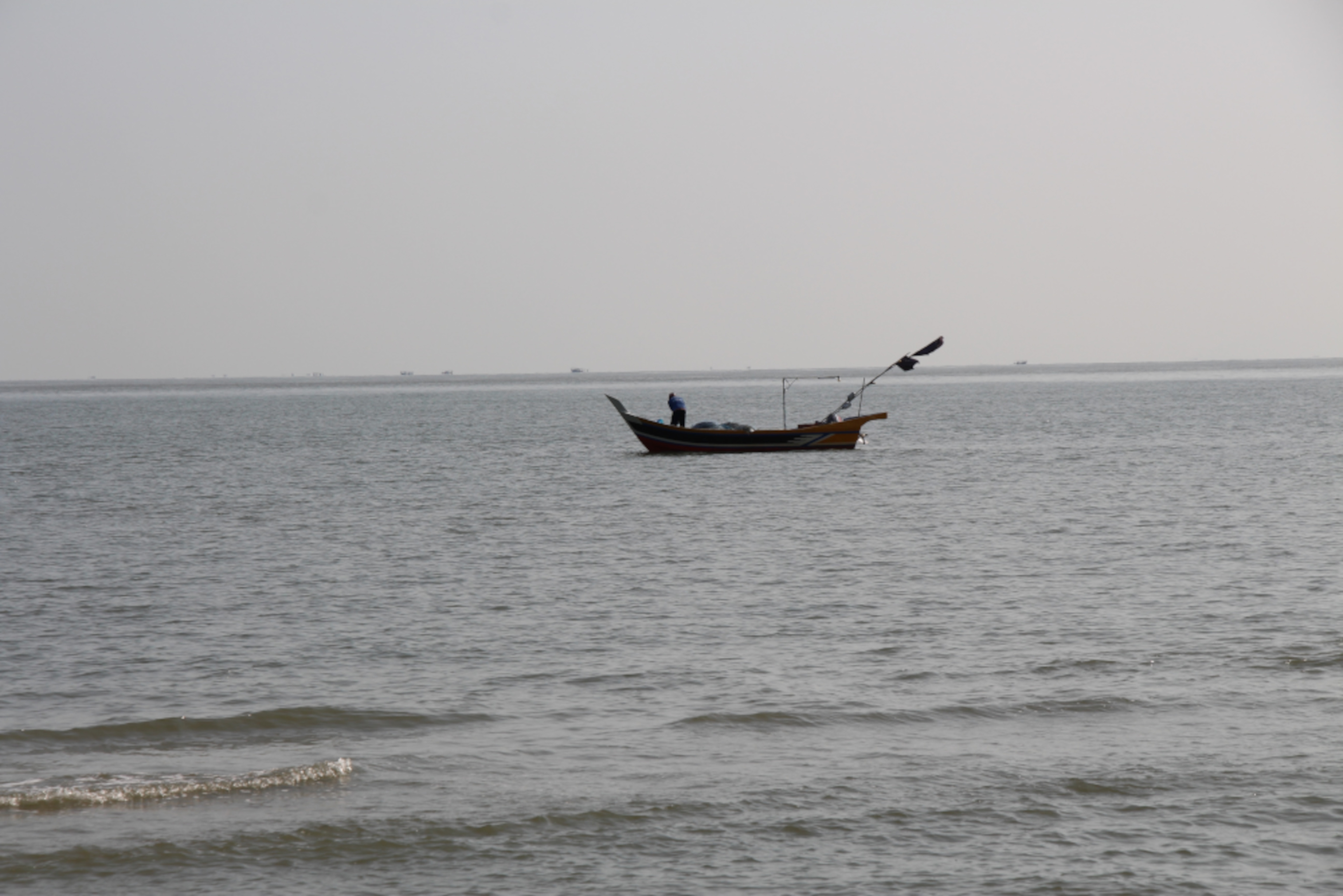
Believe it or not. Max is actually the first GAME student who managed to experiment in Malaysia for the entire time. Before that, there was the COVID-19 pandemic or problems with the visa, which prevented other GAME participants from coming to Malaysia. So, for the first time since 2020, we have a German-Malaysian tandem in CEMACS. Of the eight teams, we are the southernmost team with a latitude of 5°, which is the closest to the equator of all the teams.
And because of this proximity to the equator, we have a tropical climate with high humidity (which makes you sweat a lot) and very constant temperatures of around 30 degrees. Due to the daytime climate, we have a greater temperature difference between day and night than between the months. And this also influences the day and night rhythm, which is important for our experiments. The further north we go, the greater the difference in length between day and night. Here in Malaysia, we almost always have 12 hours of sun and 12 hours of night throughout the year. During the year, this only changes by 26 minutes.
We are both very excited to see how this will affect our results and how they will compare to other teams in the end. We are now fully immersed in our experiment and are working here with the sea urchin species Temnopleurus toreumaticus (same species as used in GAME 2021) as a grey species to additionally stress our algae, Gracilaria sp. and Caulerpa lentillifera. However, our sea urchins do not grow on trees where we could simply pick them (they are marine creatures, after all). So we had to play fishers: Over several days, we tried our luck with a cast-net, but apart from 2-3 sea urchins, we only caught small fish or crabs. With the help of real fishermen, we were then able to get real sea urchins, which we could use for our pilot studies. One day in June, we were lucky and managed to find more sea urchins, which we are now using for our experiments.
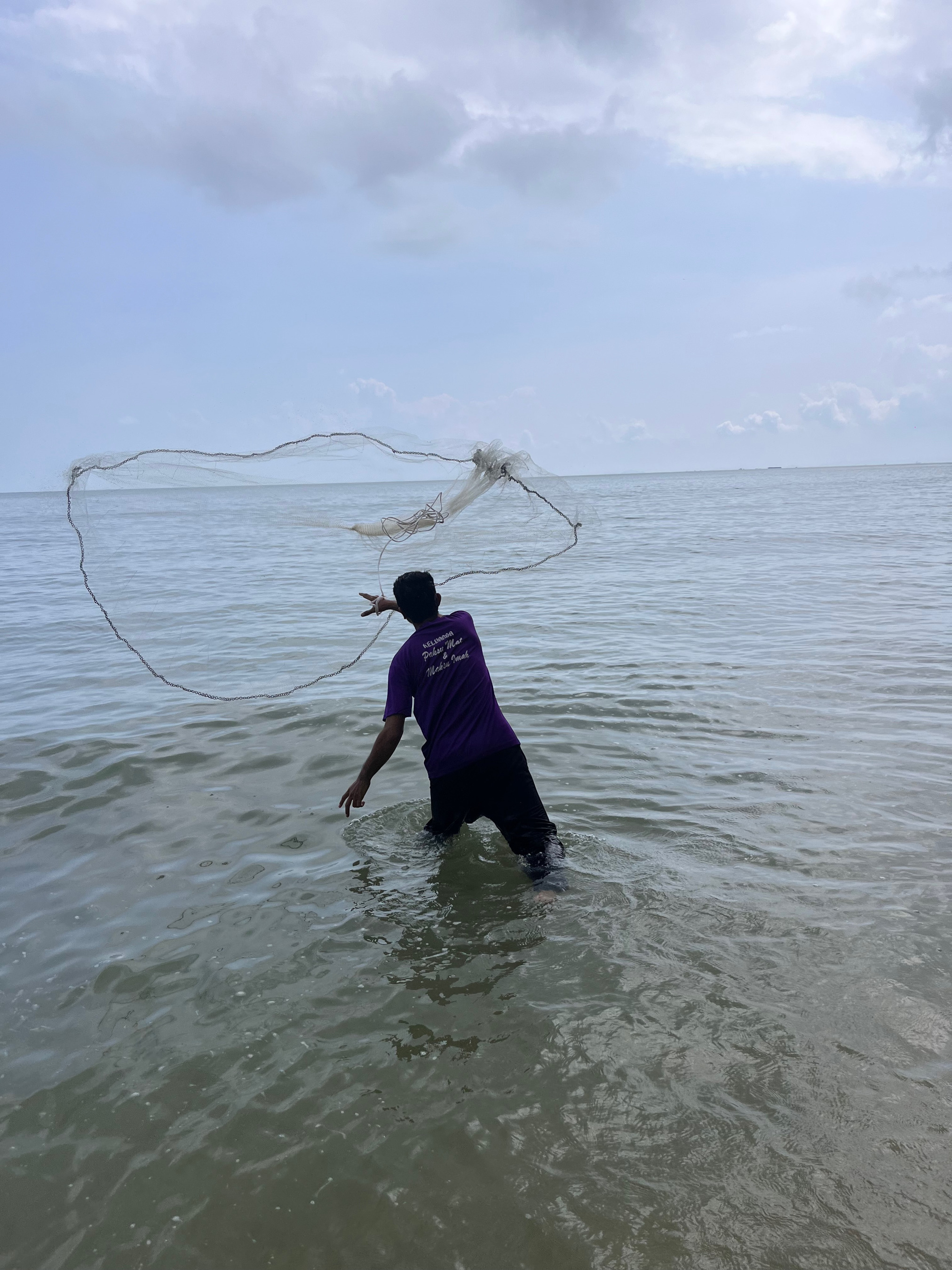
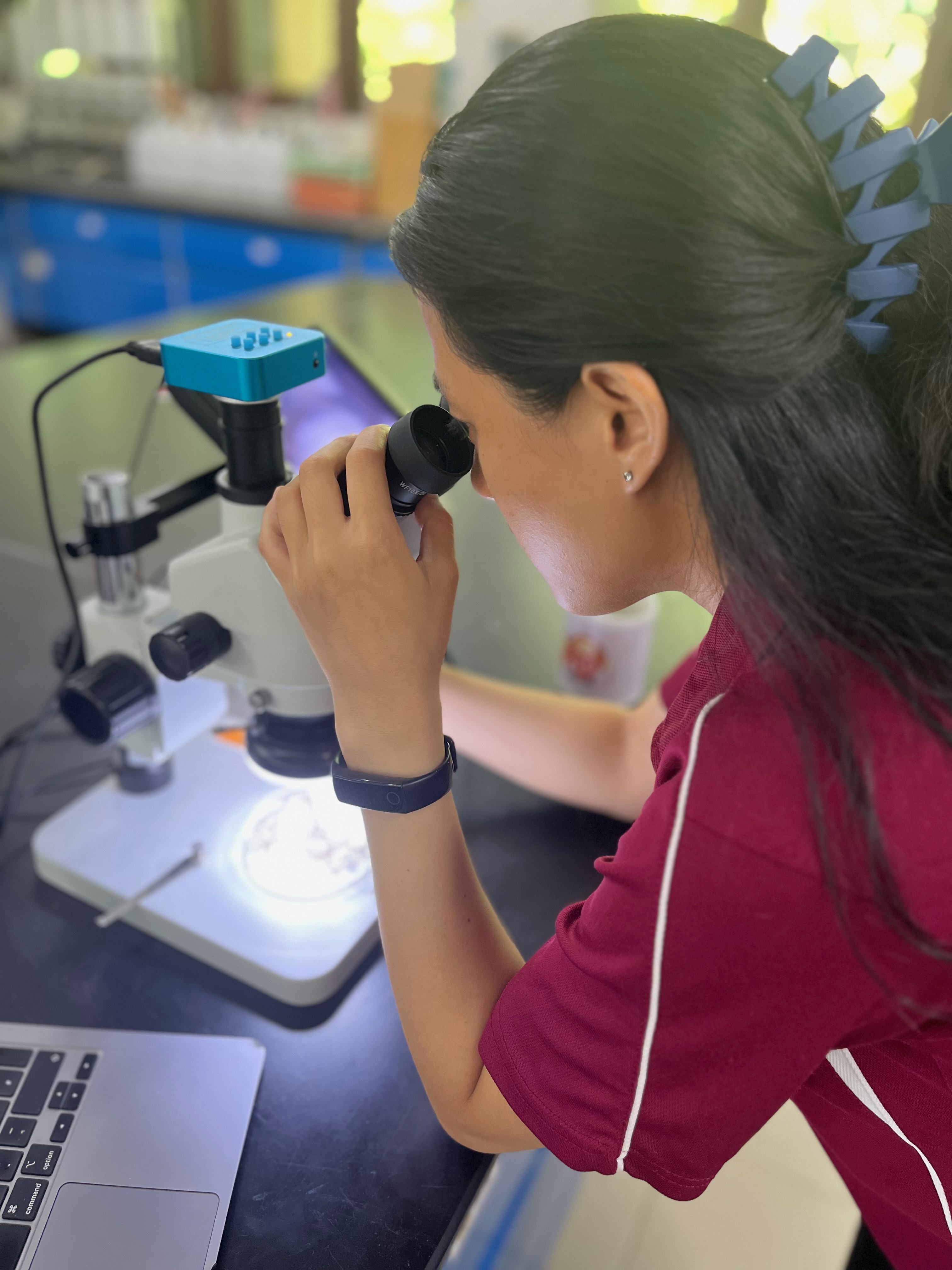
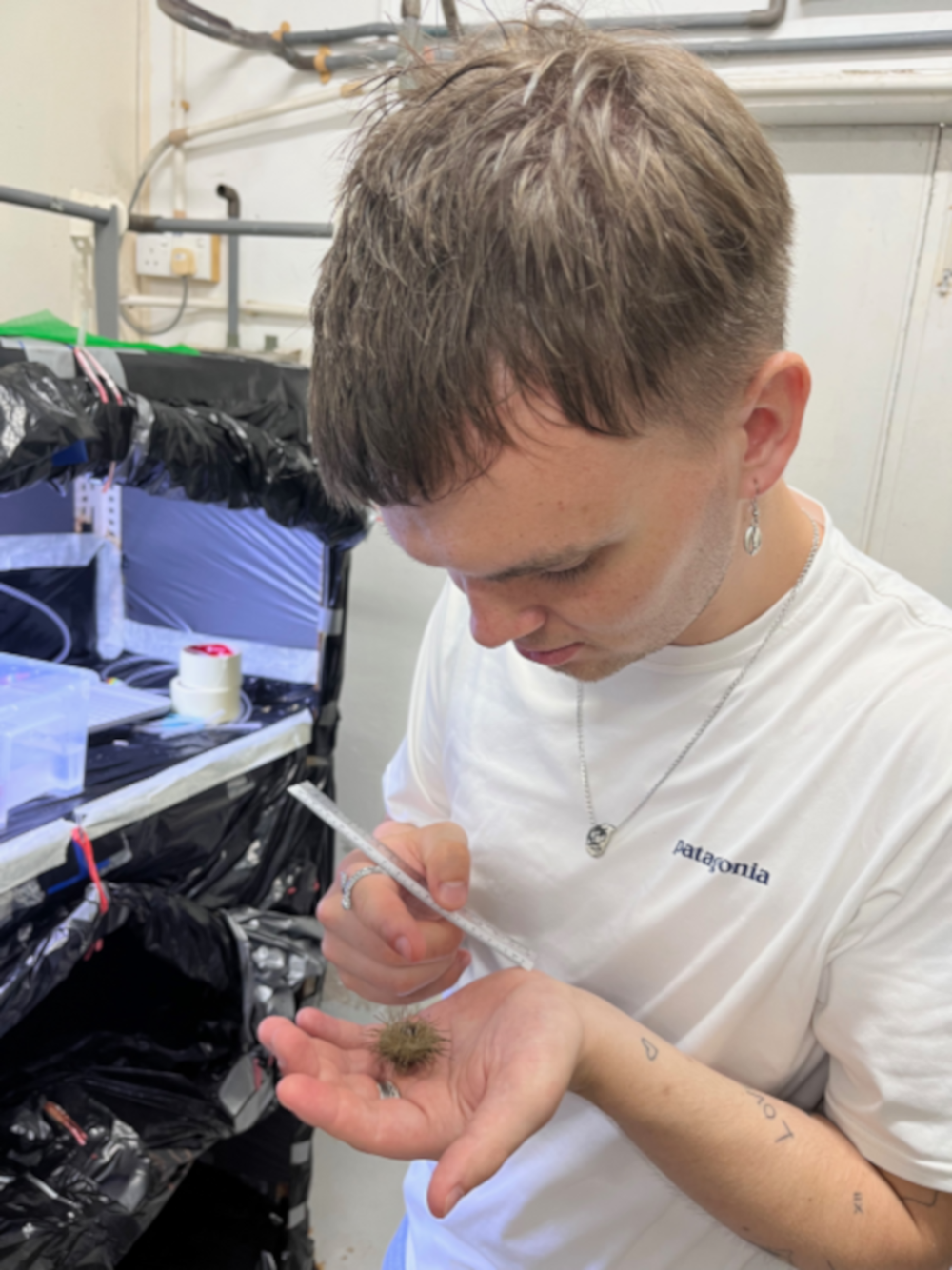
Opposites work well together, right? That’s exactly how it works for us. We started our experiments with a slight time delay so that we could help each other. But there is a huge contrast. Coffee. Max brings freshly brewed coffee to CEMACS every morning, whereas Cheow Mei runs mad with coffee. After lunch, they make another pot in the lab. Initially only for Max, then for another employee, but now half the CEMACS team is in the small GAME lab after lunch to drink coffee, and at least two full pots are made. Hence, the lab’s now unofficial name: Ce-Max Coffeeshop.
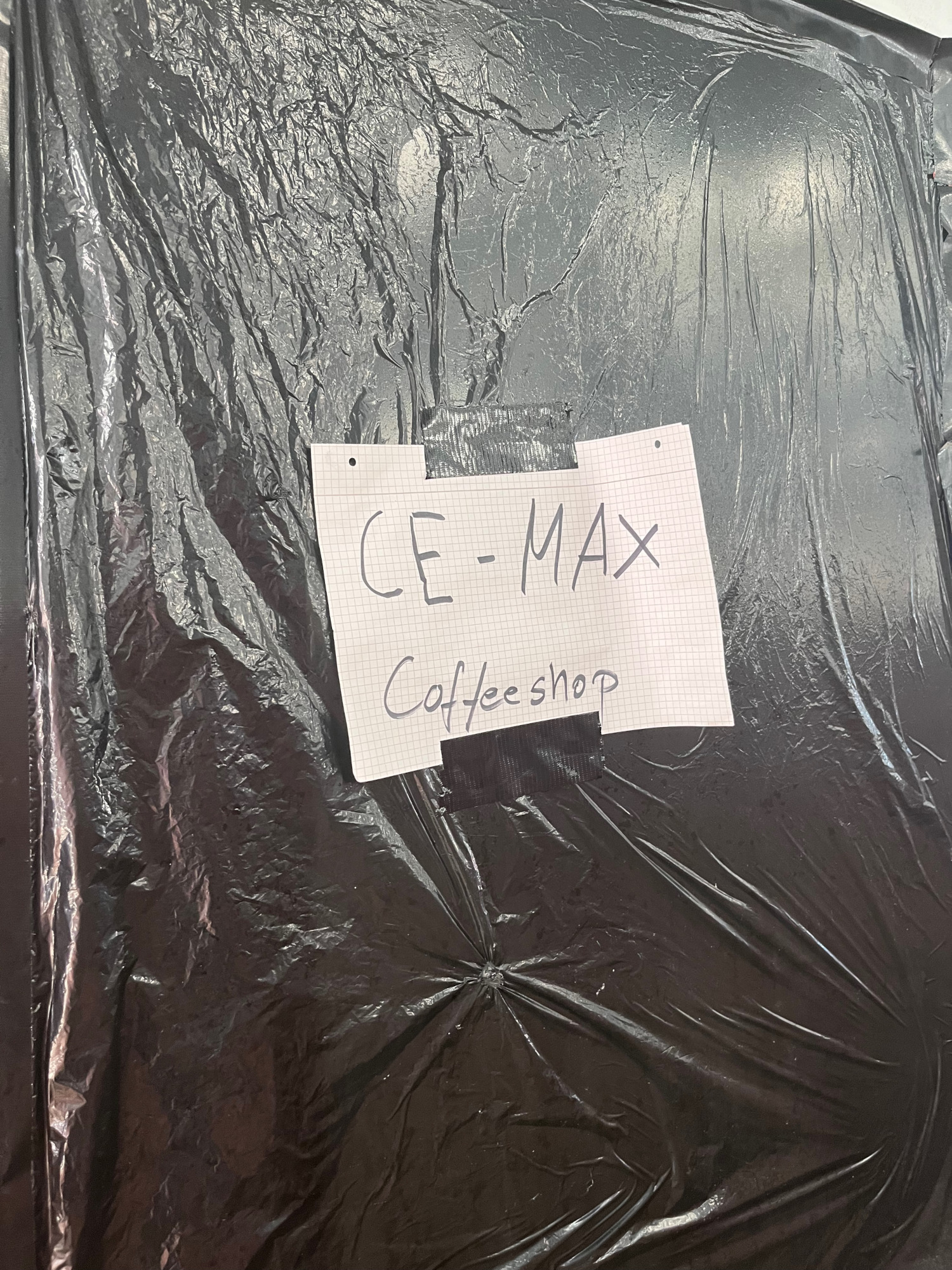
As the CEMACS is located directly in the national park, there are countless mosquitoes and 4-5 lab cats (there are now 2 babies there again) as well as some animals that are both exciting and not – monkeys. Cute at first glance, but when you’re on your way to the cafeteria with food in your hand, it’s a bit of a mad rush: “Get to the cafeteria quickly before a monkey steals your food!” We have also had lab visits from monkeys, which were not to the delight of all parties. We differentiate between two types of monkeys: the good monkeys, aka Dusky leaf monkey or aka langur (Trachypithecus obscurus) vs. the bad monkeys, aka Macaque. The good monkeys are the monkeys with black fur that get scared when they see you and would never get too close. The bad monkeys – well, they are the bad monkeys who steal your food, spy on you and clean out laboratories.
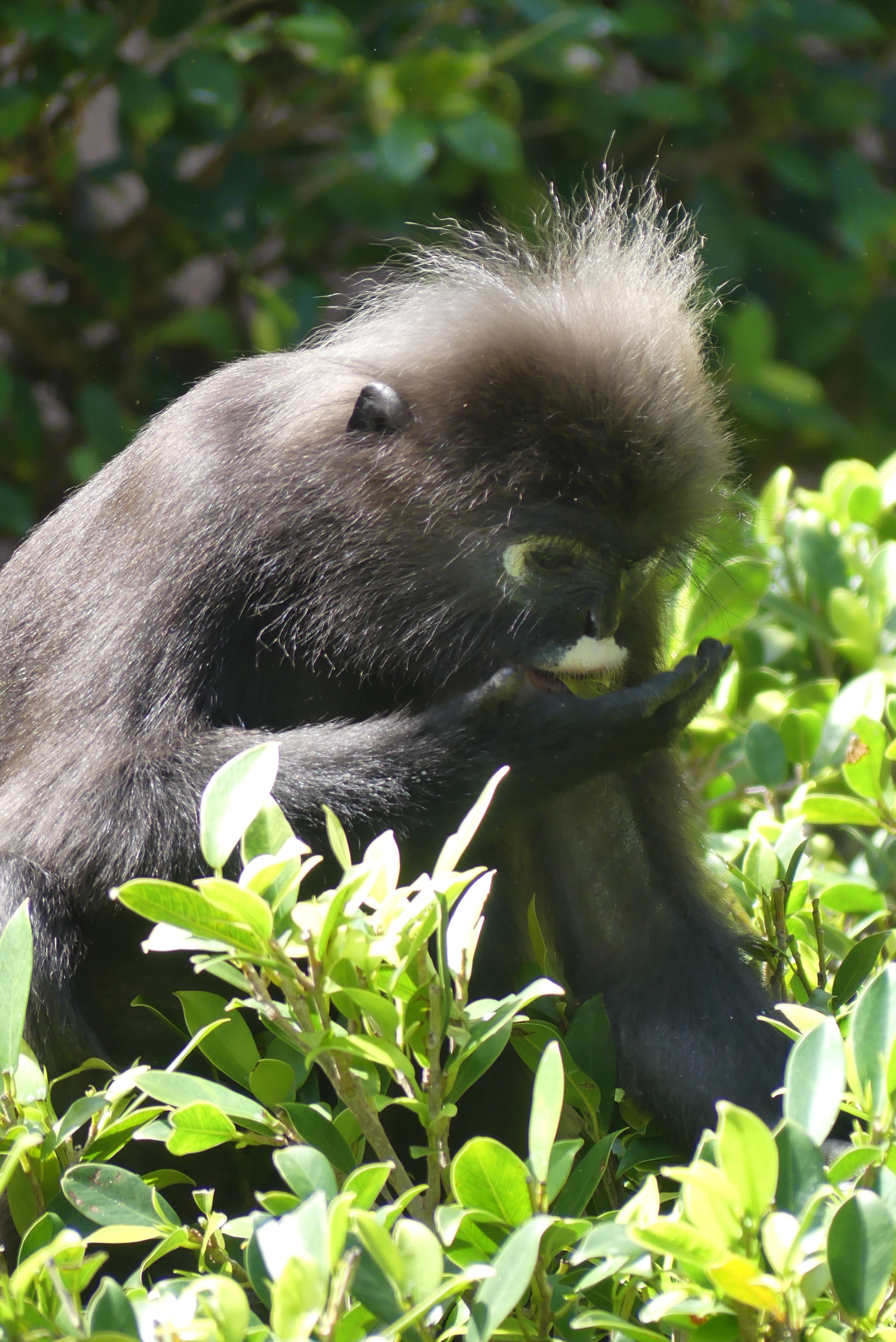
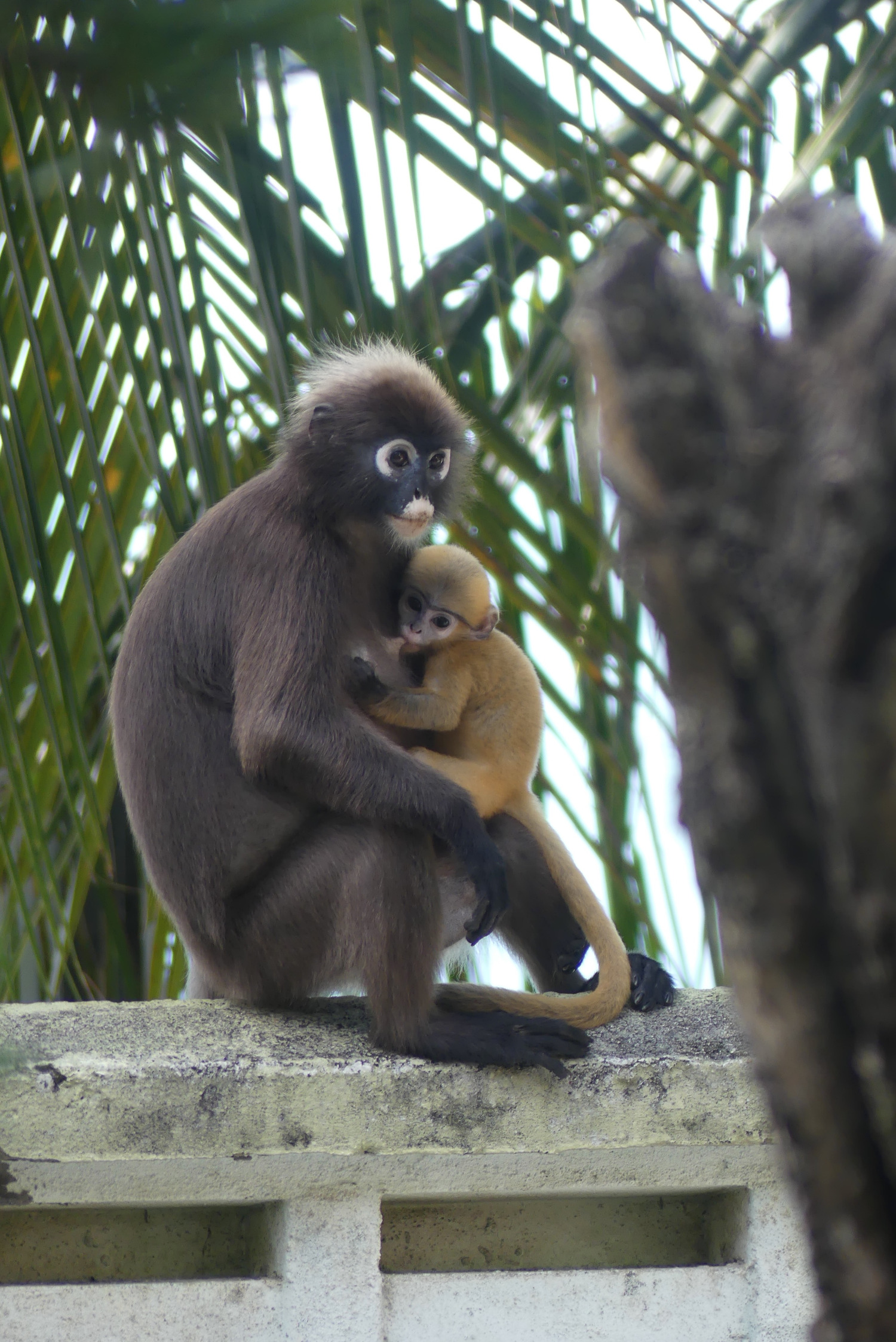
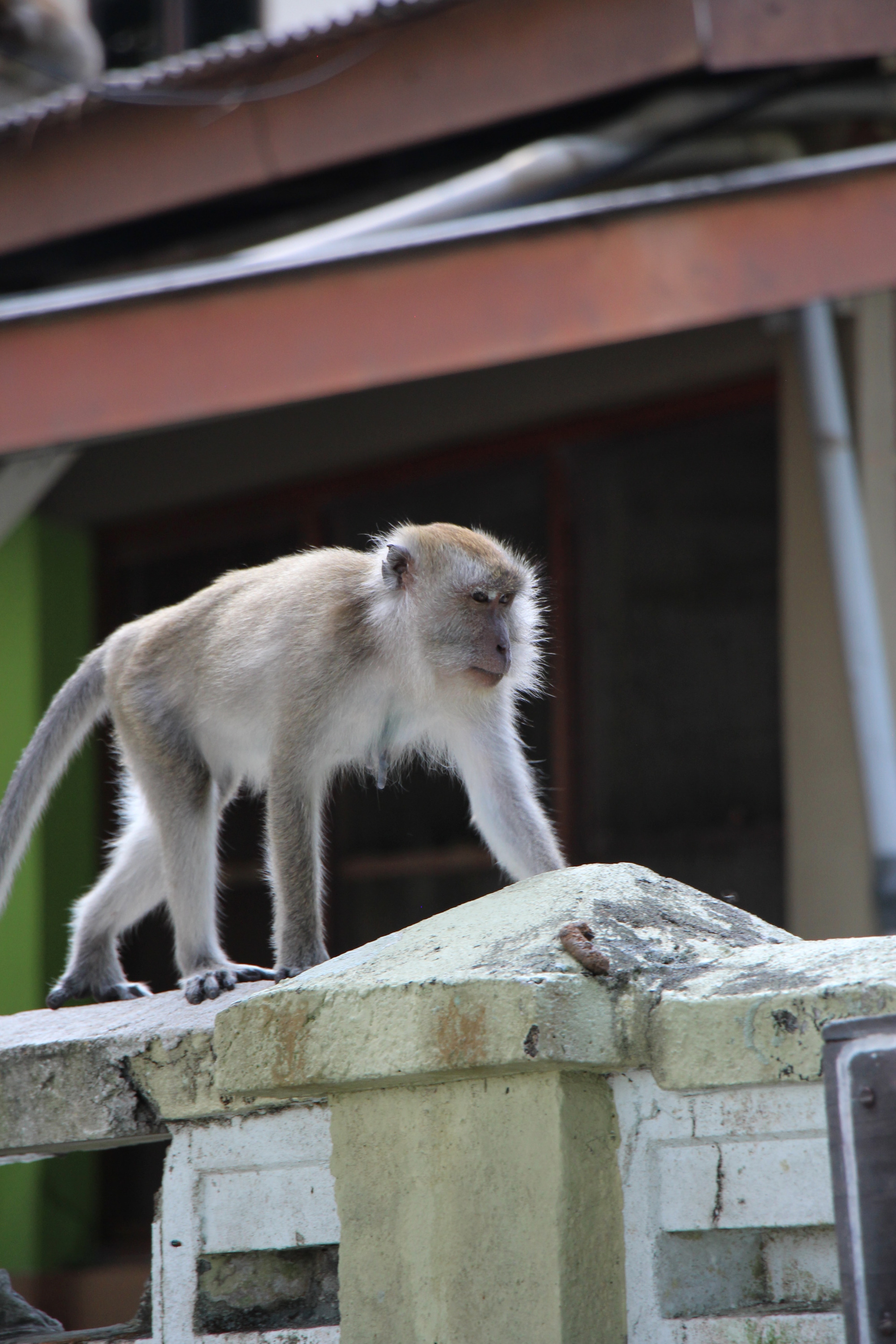
But it’s not just monkeys that are part of our daily work at CEMACS. We also have to deal with visits from 2-metre-long lizards who want to explore the area or say a quick hello. But the lizards are less of a problem than the evil monkeys. You can find a funny picture below: Swimming lizards. When we approach the lizards, they quickly waddle away. And, of course, we also have some jellyfish right in front of the CEMACS. Not a problem if you don’t go swimming. However, Max is always looking for a quick cool down after work – although it’s 30 degrees in the water. That’s why Max always takes a bottle of vinegar with him – not to drink, but as a precaution against possible contact with jellyfish – and yes, the monkeys inspect the bottle at least 3-4 times every time they visit the beach until they realise that vinegar is not so enjoyable.
